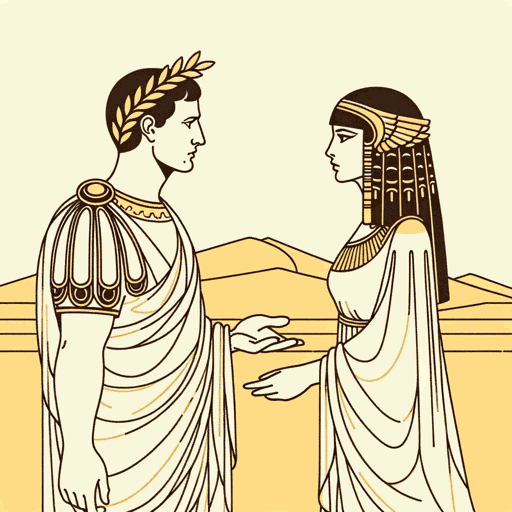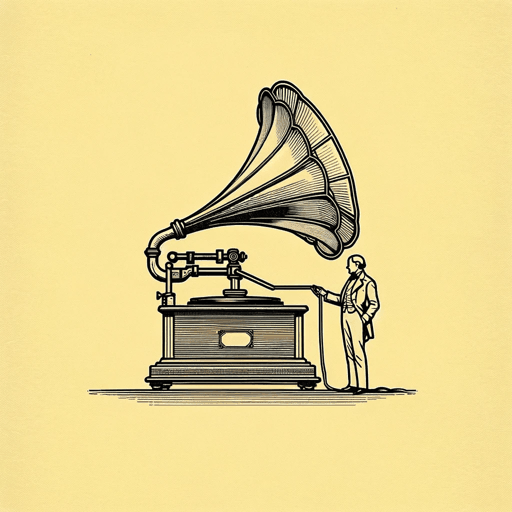64 pages • 2 hours read
George Bernard ShawPygmalion
Fiction | Play | Adult | Published in 1913A modern alternative to SparkNotes and CliffsNotes, SuperSummary offers high-quality Study Guides with detailed chapter summaries and analysis of major themes, characters, and more. For select classroom titles, we also provide Teaching Guides with discussion and quiz questions to prompt student engagement.
After Reading
Discussion/Analysis Prompt
Throughout the play, Shaw explores the themes of Formal Education and Language and Phonetics. What is the relationship between these themes and social class? What factors determine the social class of the characters in the play? In what ways is social class performative?
Teaching Suggestion: Encourage students to reflect on symbols and motifs used throughout the play, including clothing, flowers, and taxis. How are these symbols and motifs reflective of social class and class consciousness in the early 20th century? Students might compare modern culture and even brainstorm what elements of modern culture would serve as equivalent symbols and motifs today.
Activities
Use this activity to engage all types of learners, while requiring that they refer to and incorporate details from the text over the course of the activity.
“Thinking about Character”
In this activity, students will use critical thinking and collaborative learning to develop a deeper understanding of the characters and their roles in the play.
The characters of Shaw’s Pygmalion are more than just their dialects and diction: All of them also have distinctive personalities and motivations. Split the students into small groups and assign each group a character from the play. Each group should analyze their character, considering the following questions:
Related Titles
By George Bernard Shaw

Arms and the Man
George Bernard Shaw

Caesar and Cleopatra
George Bernard Shaw

Heartbreak House
George Bernard Shaw

John Bull's Other Island
George Bernard Shaw

Major Barbara
George Bernard Shaw

Man And Superman
George Bernard Shaw

Mrs. Warren's Profession
George Bernard Shaw

Saint Joan
George Bernard Shaw

The Doctor's Dilemma
George Bernard Shaw
Featured Collections
Books that Feature the Theme of...
View Collection
British Literature
View Collection
Class
View Collection
Class
View Collection
Comedies & Satirical Plays
View Collection
Dramatic Plays
View Collection
Nobel Laureates in Literature
View Collection
School Book List Titles
View Collection

